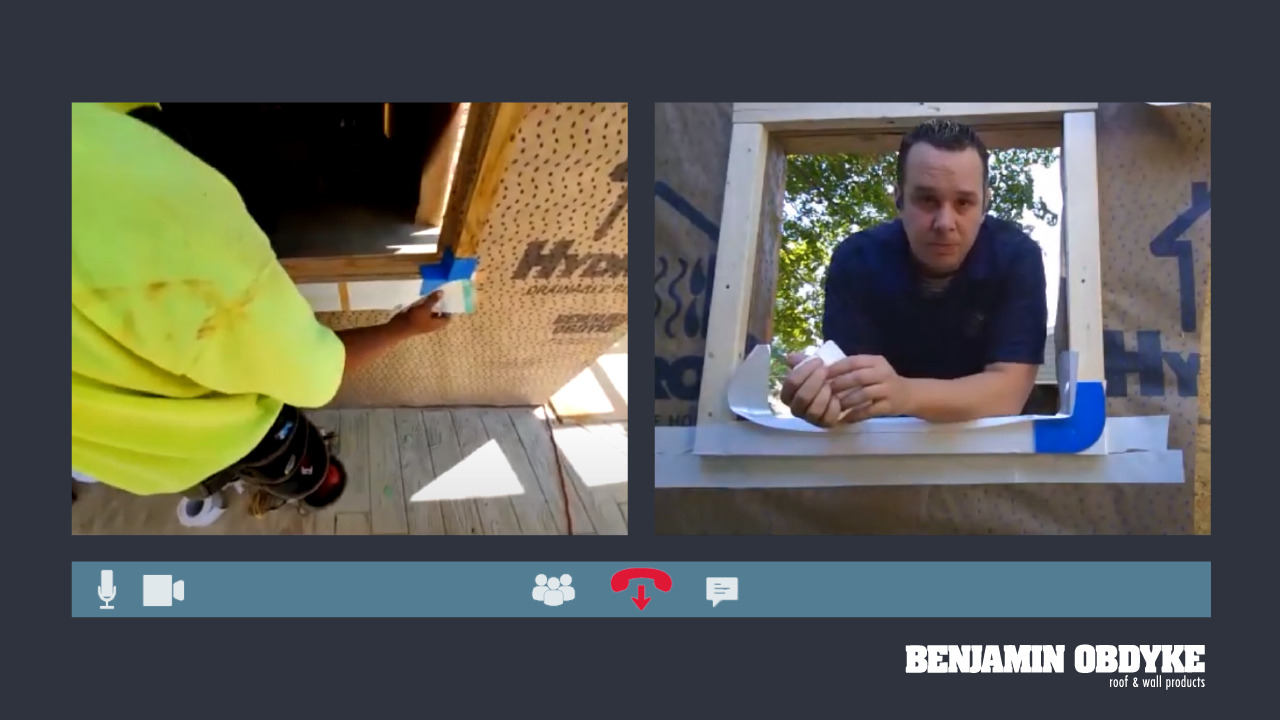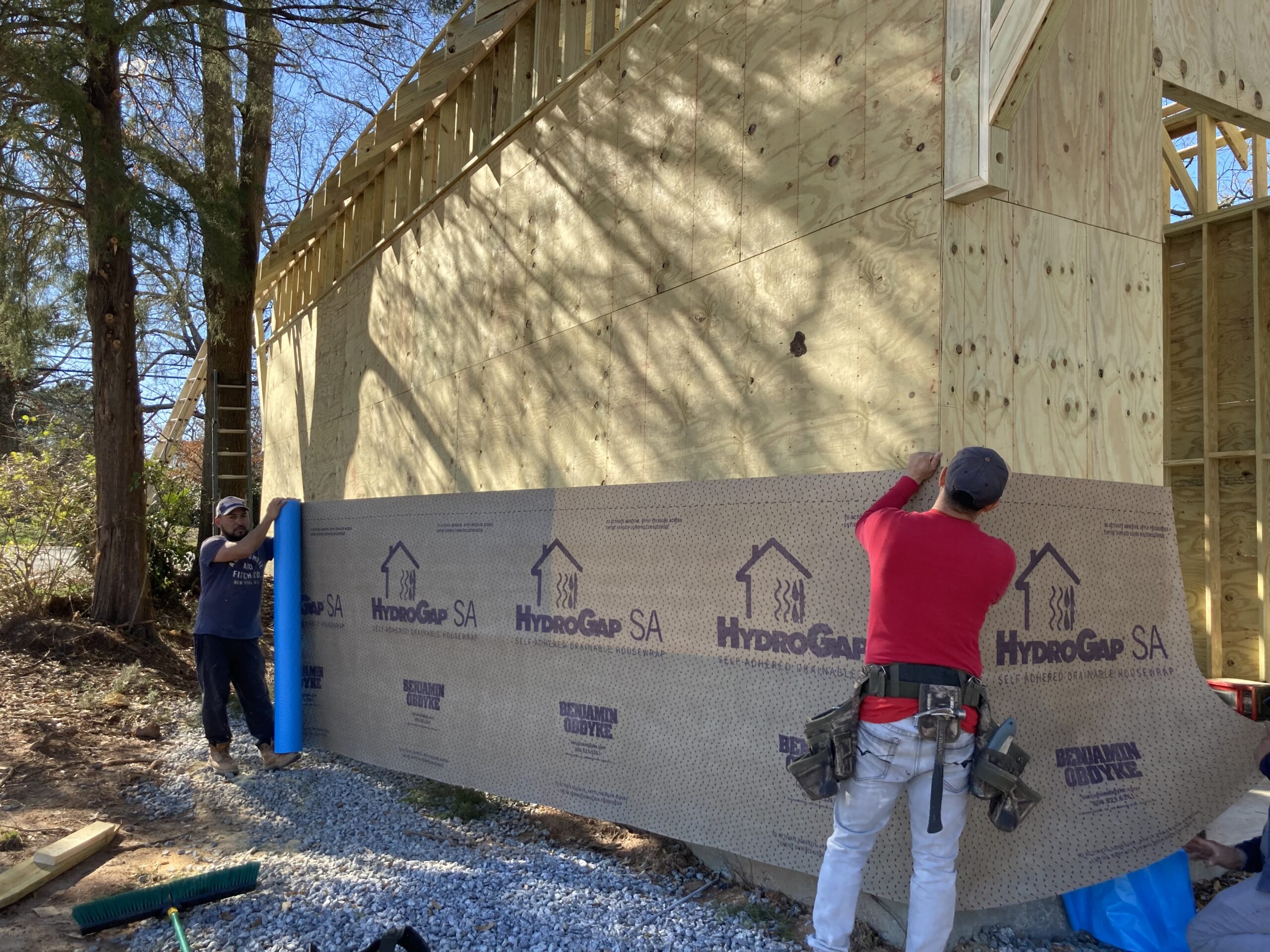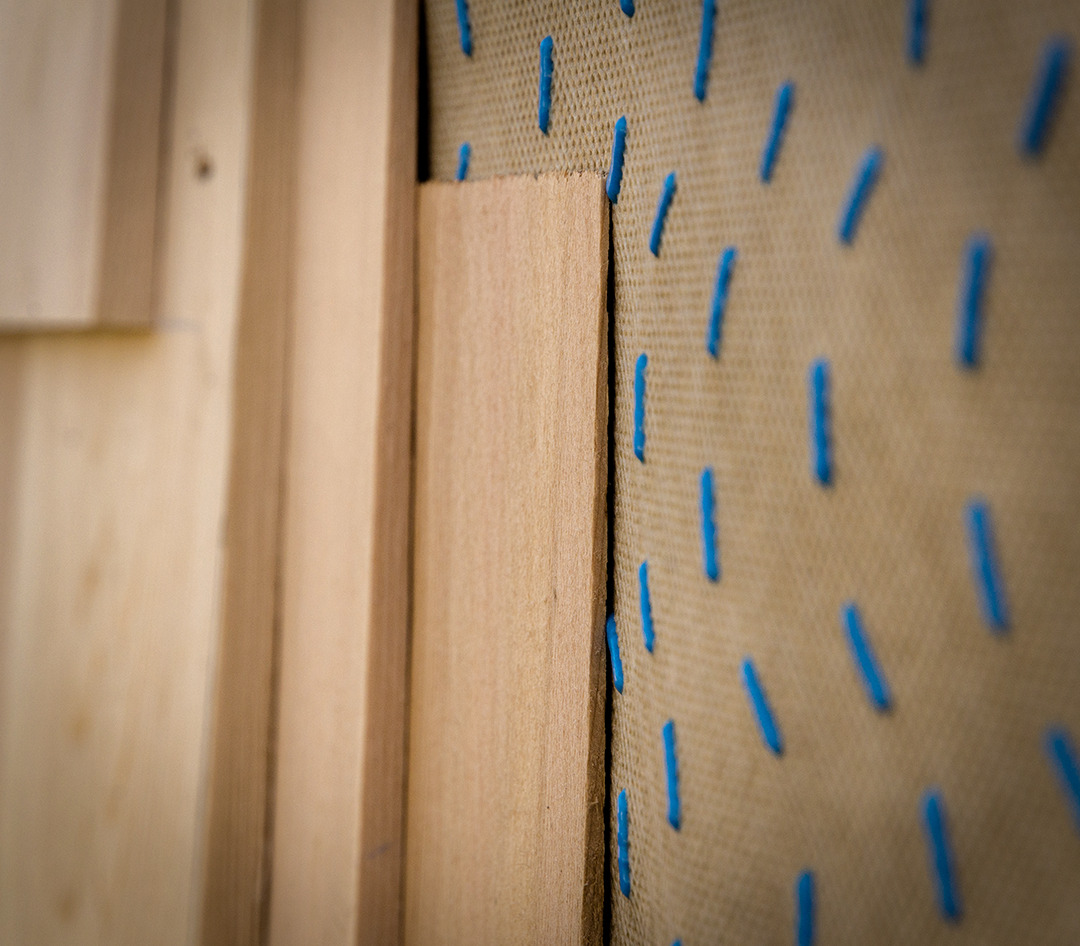The 2021 International Residential Code (IRC) issued key changes addressing updates around structural, fire, and energy-efficiency requirements. As state and local jurisdictions begin to adopt elements of the 2021 IRC, it’s important that builders and contractors understand what the new codes are and how to meet them.
The most significant changes in the 2021 IRC revolve around making updates to structural, fire and energy-efficiency requirements. You can read about the updates here.
Regarding the wall system, the two biggest updates we want to discuss is the focus on mandating continuous exterior insulation in climate zones 4 and above and increasing moisture management details for veneered stone and stucco applications, which provides for a tighter and more energy-efficient building envelope. In addition to the 2021 IRC change, some regions are beginning to mandate the use of a rainscreen to manage water vapor issues in these assemblies.
These code changes are put into effect to keep up with evolving building science trends and eliminate overall failures. More recently, we have seen the collective failure of some residential stucco and stone veneer applications completed in the early 2000s. These failures were primarily due to trapped moisture in the building structure. The 2009 IRC code changes attempted to correct this issue by recommending two layers of building or felt paper in these applications, but it only slowed down the failures rather than eliminating them.
Understanding your climate zone can help you better determine the right product systems you need to maximize the drying potential of your wall system in these applications. For example, it can be advantageous to use exterior foam as a second layer of insulation in stucco and stone veneer applications in Climate Zones 4 and above to better control the air sealability while keeping moisture out. To achieve the necessary R-value, Climate Zones 4 and above can offer unique challenges to installers. The additional layer or dimension added to the wall may require deeper window and door assemblies, thus resulting in thicker sill detailing. It’s important for installers to note that flashing details are of upmost importance in these applications; even simply not rolling the adhesive or tape properly could cause the water to trap moisture.
Another factor to consider is the compatibility of the products you’re using. Utilizing a systems approach promotes continuity between all aspects of the building envelope and is key to simplifying air sealing while meeting code requirements. To achieve proper exterior insulation while ensuring energy-efficient air tightness, we recommend our Air Barrier Drainable Housewrap System.
The 2021 IRC may require builders to establish a new set of installation techniques to ensure codes are effectively met. Not meeting the requirements could result in a denied permit request, stalling completion of the project and impacting the timeline and budget.
It’s important to note that many of these changes may not be immediately required by local municipalities, but it’s more beneficial for you to remain proactive and ahead of the curve.
Start making these changes now. Request a virtual jobsite visit for an upcoming project and have a Benjamin Obdyke expert guide you and your team through the process. For more information on the 2021 IRC and how it pertains to your projects, be sure to check with your local municipality.




